Camping can be a great way to vacation and take the along your furry best friend. You get a break from the urban jungle and your dog gets to smells all those fun new things, roll in stuff, fetch sticks and play in the water. But camping can also be hazardous if you are not prepared. David Wright, Resident Trainer for Zingy (the “uber of dog walking”) and Founder of iWorkDogs Dog Training Co., shared with us his 12 camping safety tips to ensure you and your dog have a safe and fun camp-out.
#1 – Basic Obedience Training
This is the most important thing to have, yet it’s the one thing that people do not consider before taking their dogs out camping. Most people go to the trails and just unclip Fido’s leash. This can be very dangerous for the wildlife, other people, other dogs, and most importantly, for your dog. With that being said, if you choose to unclip your dog’s leash, your recall needs to be rock solid! You are guaranteed to come across other hikers, other dogs (some off leash), wildlife, and an array of interesting smells and sights. A dog that won’t obey you around high distractions should be left at home. Dog training is an essential component to your dog being an ideal camping companion.
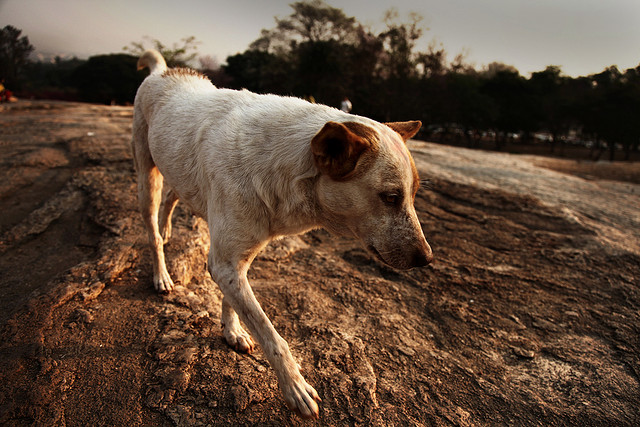
#2 – First Aid Kit
When hiking with your dog, you should always have a first aid kit. It’s your first line of defense in the event that something happens to your beloved pet on the trail or at the campsite. Some people gather all the components of a kit from their local drug stores, pet stores and veterinarians, but you can buy complete kits pretty cheap online. In addition, I recommend that every dog owner take a first aid course.
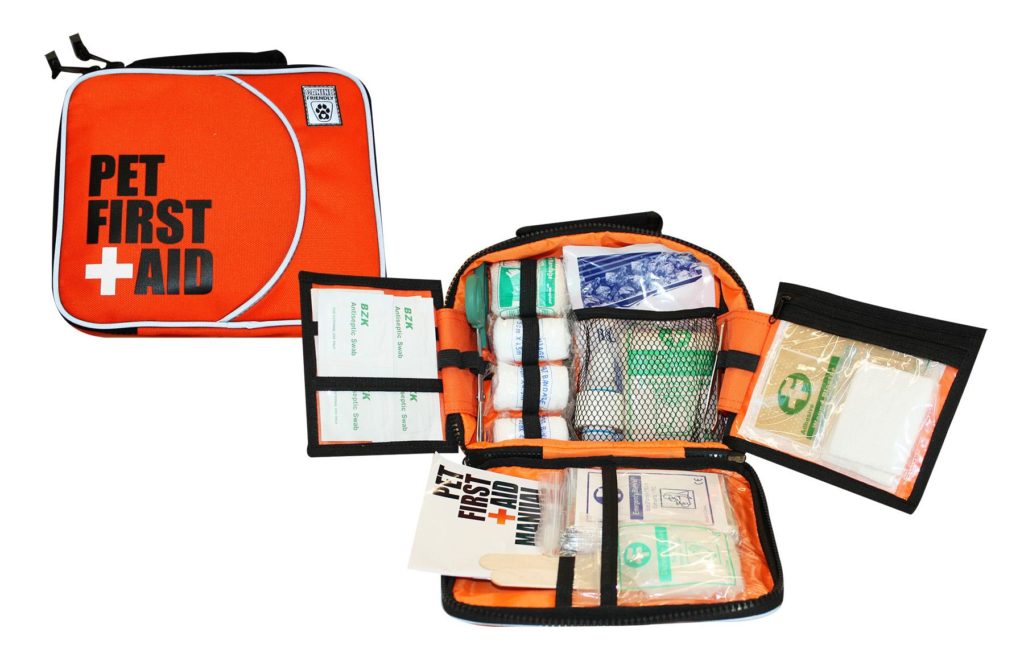
#3 – ID tags & Microchips
Fact: dogs get lost. Your dog should always wear ID tags that aren’t faded and are easy to read. The tags should include their name, your name, your phone number and maybe an email address. In addition to an ID tag, I recommend that everyone get his or her dog microchipped. In the event that Fido ends up in a shelter, this will help the shelter get in contact with you to let you know they’ve found him. The great thing about microchips is they are implanted under the dog’s skin so they can’t fall off or get snagged during vigorous outdoor play.
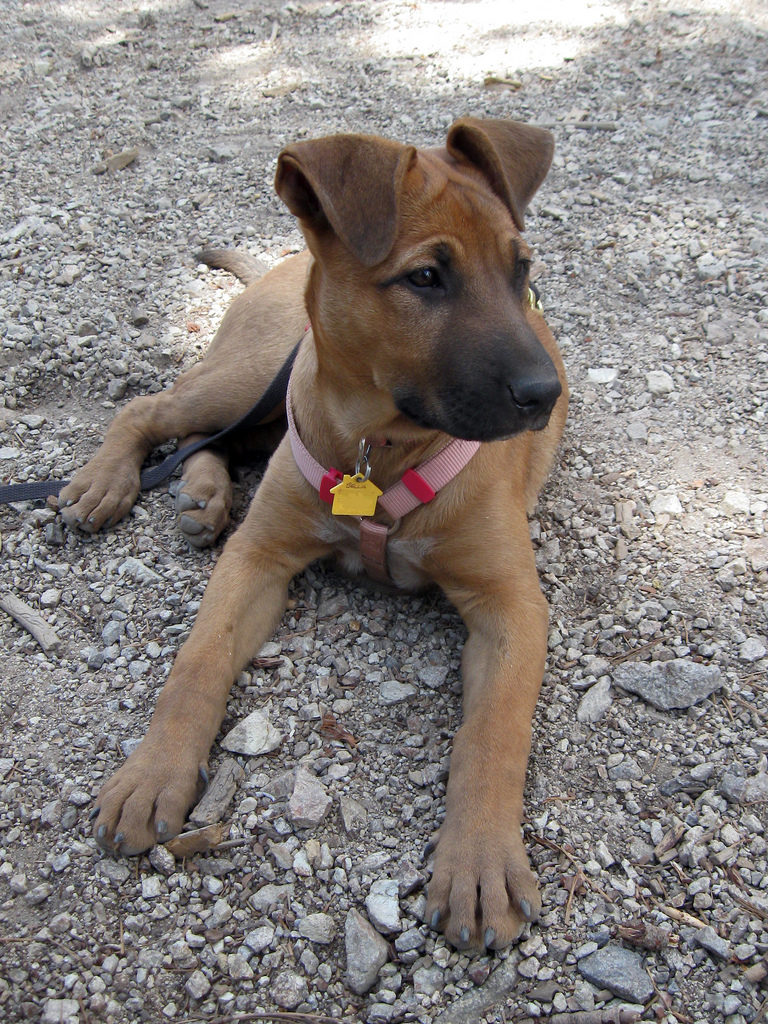
#4 – Leash & Collar
You should have a leash on you at all times, even if local park ordinances don’t require it. I would recommend a leash made of climbing rope or leather. Flexi leads are fragile, get tangled easily, and will become cumbersome. Keep in mind that even if you can control your dog, you are not in control of the environment. Leashed dogs are safe dogs. There are many natural hazards you might encounter when camping: cliffs, wild animals, sharp rocks, poisonous plants, etc. A dog running off-leash is much more likely to be hurt or get lost.
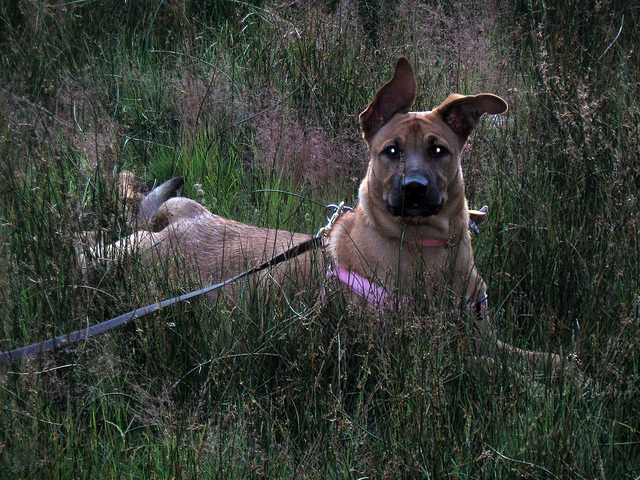
#5 – Water
Don’t count on natural water being available while hiking with your dog. Streams and creeks are amazing for keeping Fido cool, but just like us; dogs are vulnerable to giardiasis and other water-borne illnesses. You can throw a couple of extra water bottles in your bag or in your dog’s pack. Collapsible nylon bowls are also good to have. You can find them at places like REI.
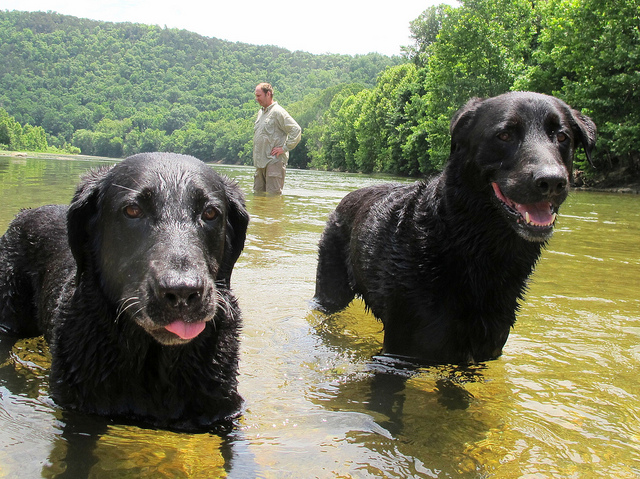
#6 – Vaccines & Medications
Before you head out on a camping trip, make sure Fido is up to date on all of his vaccinations especially Rabies and Distemper. Rabies can be fatal, and the Distemper shot covers Parvo, Hepatitis, and Parainfluenza. In addition to normal vaccines, it is also important to get proper flea and tick medication. Ticks and fleas can pass on a myriad of ailments including Lyme disease. If you’re not comfortable using a long-term repellent like Frontline or Advantix, there are a number of spray repellents that can be applied throughout the day during your hike.

#7 – Crate
First of all, it’s always a good idea and a lot safer to put your dog in a Vari-kennel styled carrier when traveling in an automobile. Crates keep your dog from getting in the way while you’re driving, as well as keeping them safe in the event that you have to make a sudden stop or get into an accident. Once you arrive at your camping destination, it also doubles as place to confine Fido when you can’t watch him. If your dog is not crate-trained and you need to confine him, you can use a 10-20ft long line attached to a harness to tie your dog out. But note, you should never tie your dog out by their neck.
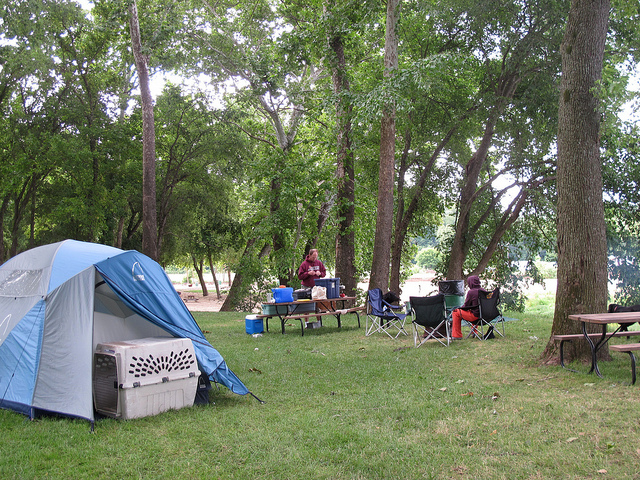
#8 – Dog Booties
Once your dog gets used to wearing these, they’re a great addition to any camping trip. They provide great traction and protection from extreme temperatures and abrasive surfaces. They can also keep things like foxtails from making their way into Fido’s paws. Foxtails can go through a dog’s paw and since they don’t break down easily, they can cause some serious infections.

#9 – Wildlife
Don’t allow your dog to bother the wildlife. Aside from it being illegal, allowing Fido to do something like chase a rabbit can quickly become dangerous for your dog. Slower moving animals like porcupines and skunks, can quickly defend themselves when cornered. Quicker animals like rabbits, deer, and coyotes can take your dog out of sight in seconds. Never let your dog chase or corner a wild animal. Keep your dog on a leash, be respectful to the wildlife, and you can save yourself a trip to the vet or paying a fine.
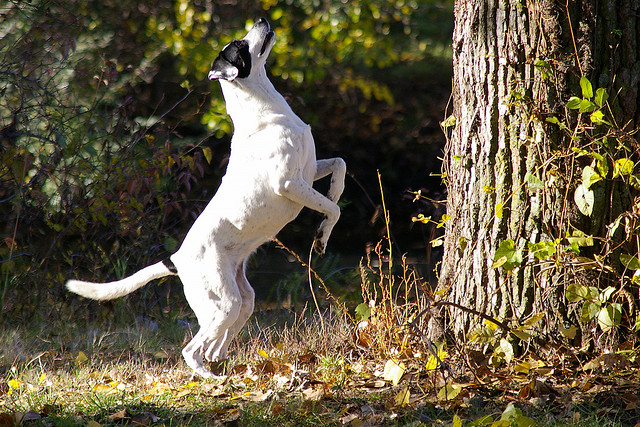
#10 – 1:1 Ratio
Maintain a 1 to 1 human to dog ratio. Things can get complicated quickly when you need to control two dogs and you’re all alone. Also, dogs can get tired or hurt and having to potentially carry one dog and control another can be nearly impossible. Best practice is to have at least one extra person who can control the situation while you wrangle the dog.
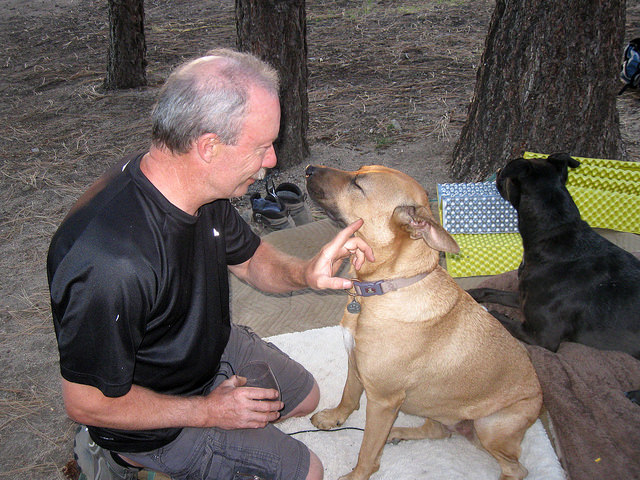
#11 – Take Breaks
Take breaks! Be sure to take breaks to give your dog water. It’s common for dogs to get dehydrated during hikes, and it’s a good idea to offer them water every hour. Also take breaks to give your dog a rest. Keep an eye out for the dog slowing down or panting excessively and find a shaded cool area to let them recuperate. Take breaks to check your dog for ticks, scrapes, and injuries. Bring a tick key and a brush and check your dogs from the bottom up. Start at the bottom of their pads, go up between their toes, up their legs, to their body, neck and head. Make sure to check their noses and ears as well.
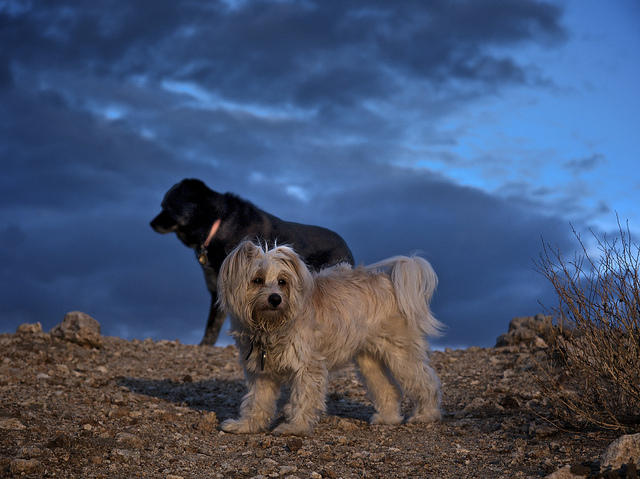
#12 – Nearest Vet
Before you head out, make sure you have contact information and office hours for 3 of the closets vets. Anything can happen, and the last thing you want to add to a stressful situation is needing to find a vet that is close by and open. Have this information on paper or saved in an app on your phone that does not require a cellular or Wi-Fi connection.
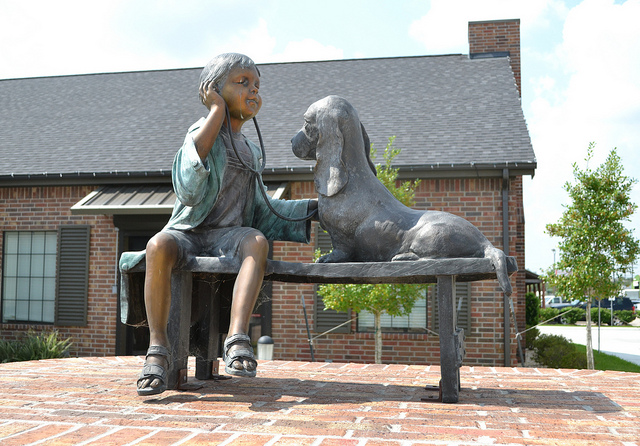
 Toledo, United States.
Toledo, United States.